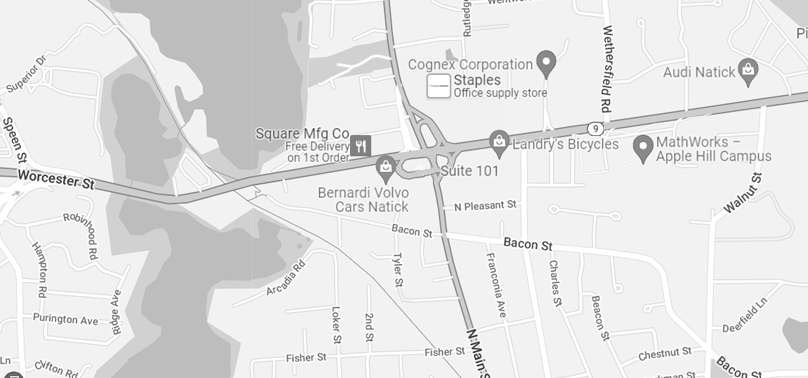Over the past couple of decades there has been a shift in orthodontics from extracting teeth to expanding the arches when there is crowding present. Expanders work great, but there are some side effects that catch parents by surprise. One of them is the appearance and disappearance of a gap between the front teeth.
The palate or roof of the mouth is made up of two bones joined together down the center by a junction called a suture. When a patient is young, this suture is made up of stretchable cartilage that is the area where growth takes place (a “growth plate”). After skeletal maturation somewhere between 14 and 17 years of age, this suture fuses and the palate becomes a single solid structure. Expanders take advantage of the presence of the growth plate if they are used before it is fused. One sign that the expander has actually moved the two halves of the palate apart is the appearance of a space between the front teeth. The central incisors are located on different sides of the growth plate and they spread apart as the palate is expanded. The result is a visible gap between the teeth. This gap is normal and desirable.
After the expander has provided the desired amount of expansion, the orthodontist will typically leave it in place for several months holding the two halves of the palate apart while new bone develops between them. Upon removal of the expander, there is always some relapse or loss of arch width. Most orthodontists over-correct by a few millimeters in anticipation of this change.
During this stabilization period, the gap created during expansion tends to close on its own. This happens slowly over time, but it shocks many parents the first time they notice it is smaller or gone altogether. Understandably, many parents call our office worried that the expander has slipped and that the benefits achieved during the activation phase have been lost.
During palatal expansion there are two forces on the teeth. The force created by the expander pushes the palate apart and a gap appears between the teeth. At the same time there is an opposite force acting on the teeth produced by the gum tissues. Just like other soft tissues in the body, the gums are elastic. As the expander pushes outward, the gum tissue starts pulling the teeth back together. You can tell this is happening by comparing the size of the gap between the teeth with the amount of expansion visible on the expander. Rarely will the size of the gap between the teeth ever get as large as the distance between the two sides of the expander because the teeth start moving back together even before expansion is complete. Another sign that the front teeth are being pulled back together is that they get sore and feel a little loose during expansion for no obvious reason (just like when braces are moving them). Now you know that they are being pulled back together by the elastic fibers in your gum tissue. In fact, it is not uncommon for the gap between the two front teeth to be completely closed by the time the expander is removed.
Knowing ahead of time that an expander will create a gap between the front teeth and that it will go away on its own is reassuring when it happens. Understanding what is normal will save you some worry and an unnecessary phone call to your orthodontist. If what you see in your mouth or in the mouth of your child does not seem to follow the pattern described however, give your orthodontic office a call and let them know. It is better to be safe than sorry!

